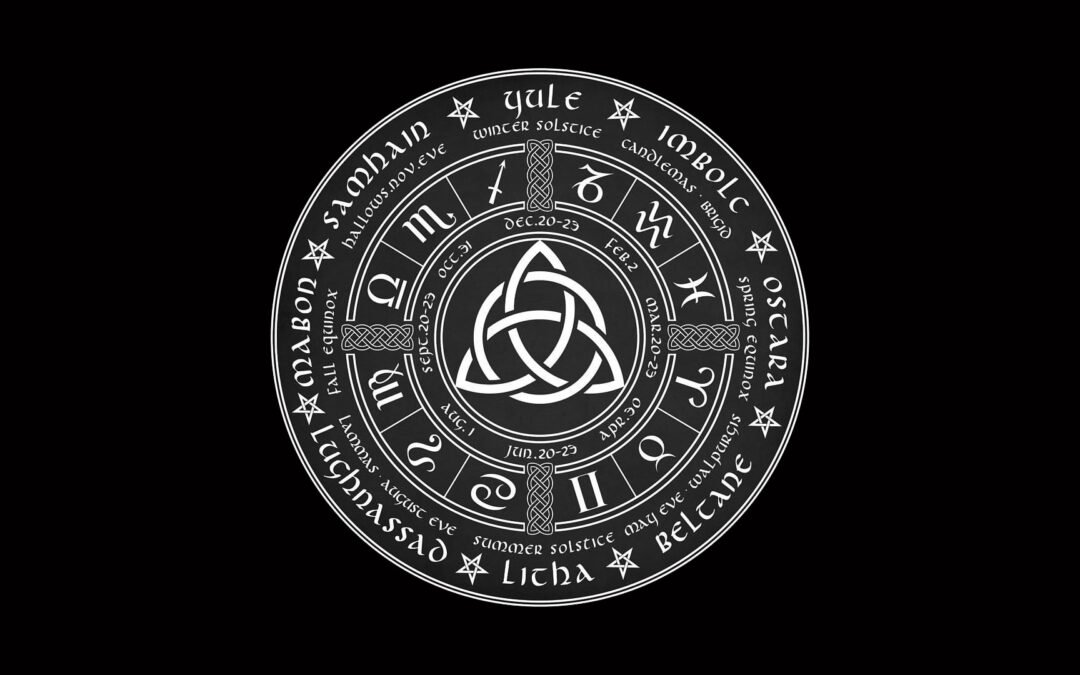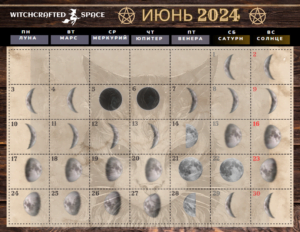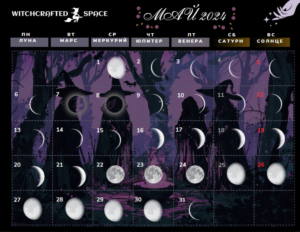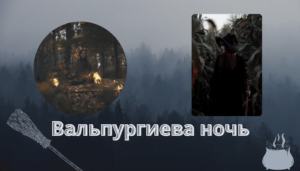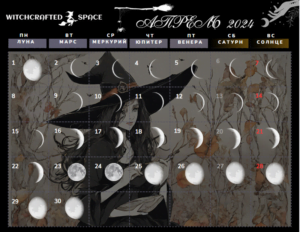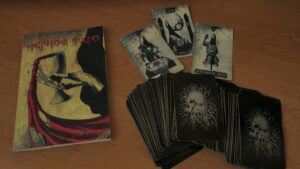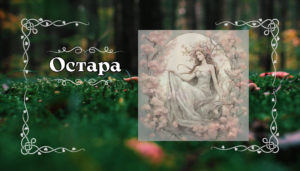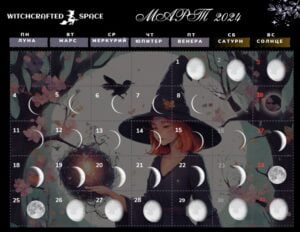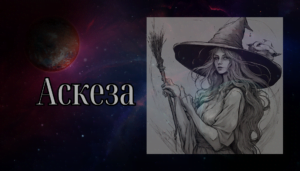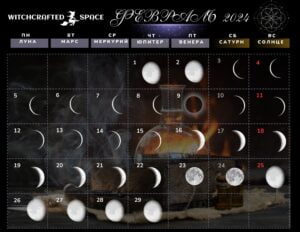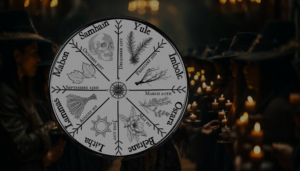In this material we will talk about the eight most important ancient holidays for magical practitioners, which are also inherent in the Wiccan calendar. These dates mark the most Powerful Days for carrying out certain rituals, as well as other magical works and mental practices.
The Wheel of the Year, a cycle that has four main reference points (Solstices), as well as four auxiliary, seasonal holidays (mid-season).
Note: in ritual work, many practitioners: magicians, witches, sorcerers and priests, as well as followers of Wicca, some movements of Satanists, neo-pagans and religious cults use the Power and occult meaning of the eight main days of the year, which are enclosed in the Wheel of the Year.
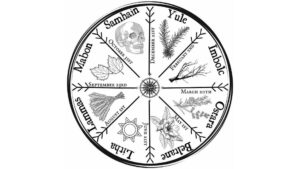
As I mentioned above, the Wheel of the Year has 4 main reference points, the most important magical days of the year. These are the days of the Solstices: Yule (winter), Ostara (spring), Lita (summer) and Mabon (autumn). And also 4 more Great Seasonal Holidays: Imbolc, Beltane, Lughnasadh (Lammas) and Samhain.
Note: in the Wheel of the Year, some dates are fixed, and some are transitory, because they are tied to certain astronomical moments. Therefore, there are dates that shift every year.
There is also a difference at the initial reporting point in the Wheel of the Year. So, for example, in the Wiccan tradition it is generally accepted that the year begins with Samhain (November 1), but in the Scandinavian tradition, the “New Year” begins with the Winter Solstice Yule.
The main meaning of each of the Days of Power
- Yule (December 20 - 25) is the shortest day of the year. Renewal of life, the first of the small Sabbaths, an analogue of Catholic Christmas.
- Imbolc (February 1 - 2) is a day of rebirth, cleansing.
- Ostara (March 20 - 23) is the day of the rebirth of Nature, an analogue of Easter.
- Beltane (April 30 - May 1) or Walpurgis Night. The day before summer, fertility and light.
- Lita (June 20 - 22) or Kupailo is the longest day of the year. The day of purification, sanctification and creation of a family and couple.
- Lughnasadh (August 1) or Lammas is a harvest festival, the transition to autumn, an analogue of the Christian Savior.
- Mabon (September 20 - 24) is a festival of harvest and thanksgiving to the gods and Nature, an analogue of the Christian Savior.
- Samhain (October 31 - November 1) or Halloween. A holiday of honoring the world of the dead, who on this day can “come to visit.”
Each of the above holidays is suitable not only for ordinary magical work, but also for holding Sabbaths and “Black Masses”. Here everything depends on the tradition and vector of magical practice.
Also, the above dates are considered extremely successful days for making offerings to the gods, deities and Forces with which you work.
Wheel of the Year Celebrations in 2023
- Imbolc - February 2. Thursday. Jupiter Day. Waxing Moon, 11 l/s.
- Ostara - March 21st. Tuesday. Mars Day. New Moon, 1 l/s.
- Beltane - May 1st. Monday. Moon Day. Waxing Moon, 11 l/s.
- Lita - June 21. Wednesday. Mercury Day. Young Moon, 3 l/s.
- Lughnasadh - August 1st. Tuesday. Mars Day. Full moon, 14 l/s.
- Mabon - September 23. Friday. Venus Day. Growing Moon, 8 l/s.
- Samhain - November 1st. Wednesday. Mercury Day. Waning Moon, 17 l/s.
- Yule - December 22. Friday. Venus Day. Growing Moon, 9 l/s.
I will write about the features of each holiday separately, on the eve of the Day of Power. Follow the updates on the website in the Articles, Important tab.
May the force be with us!
Best regards, Margarita!
DONATYou can leave an offering here:
"To the Glory of the Higher Powers!"
